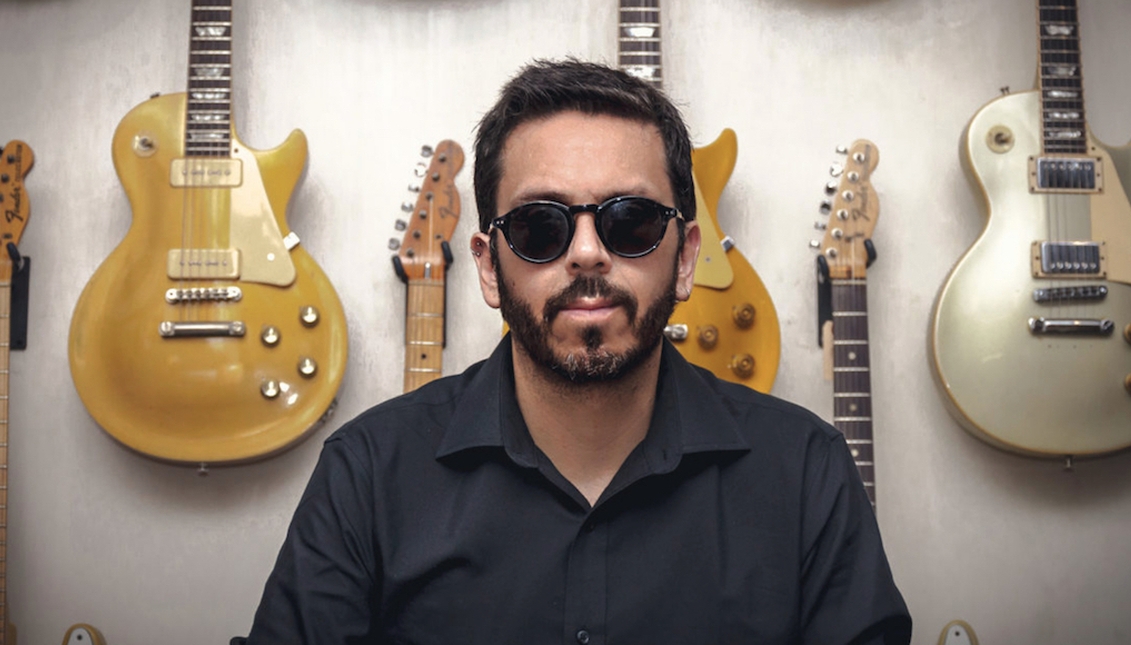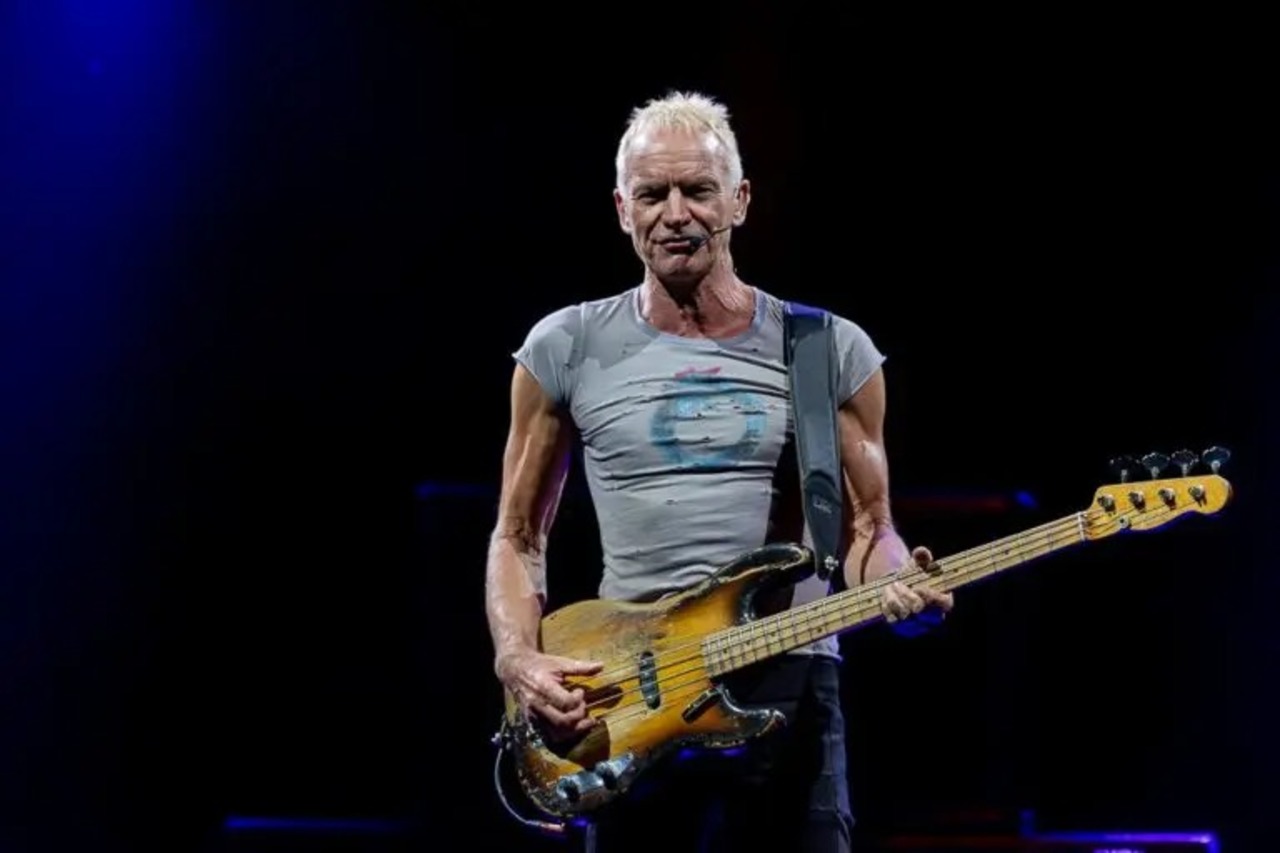
Felipe Pérez Santiago: The Mexican musician creating a soundtrack for the stars
Santiago collaborates with the Terrícola Project to send new melodies into space.
What is the difference between composing a soundtrack for humans and composing a soundtrack about humans for non-humans? These philosophical nuances are what Mexican musician Felipe Pérez Santiago deals with in his artistic residency at SETI (Search for Extraterrestrial Intelligence Institute).
Santiago is a musician, composer and sound engineer who has won multiple awards for his soundtracks in several movies. His albums are halfway between classical and ambient music, and are deeply evocative as well as narrative.
Given this background, he is faced with the conceptual and philosophical challenge of putting together a soundtrack different from anything he has done so far, designed for alien listeners. His creative method is based on the assembly of thousands of audios with recordings from all over the world of people recreating sounds with which they identified themselves.
The news about the experiment is in the headlines again because the project is already in the final stages and will take off next June in a rocket containing the soundtrack inside nickel discs designed to last thousands of years.
For Perez, it has been an opportunity both bring science and art together as well as to give a voice to humans and allow the expression of a message with a multitude of subjects. His SETI residency is part of their Earth Project, which institute says also has a lot to do with redesigning our narcissistic cosmogony: "to remind humans of the limits of the small and fragile role their species plays in the cosmos."
RELATED CONTENT
As a guitarist, it is quite an opportunity, but even more so as a theoretical music scholar. The complexity of the galactic dialogue was already framed by the basic error of previous attempts at sidereal communication, such as the Voyager Golden Record managed by Carl Sagan in 1977.
The first record contained sounds of the Earth as well as the anatomies of a woman and a man. However, several philosophers, such as Agustín Fernández Mallo (1967) in Teoría General de la Basura (2019), have already pointed out the impossibility of raising any communication archaeology with the first message because it is not related to any temporal or topological scale that would allow its interpretation.
In that sense, the philosopher already clarified that it would be more useful for the transmission of residues with their respective foundations. This approach, which takes into account the symmetries and asymmetries between the elements to be communicated, would allow a better interpretation and therefore greater dialogue.
In the absence of being able to listen to the record, we hope that Santiago has inaugurated with his soundtrack these new relationships between the thousands of audios he received so that some distant century, when the rocket flies close to a remote nebula, this communication that transports us from the present to the future will finally be complete.











LEAVE A COMMENT: